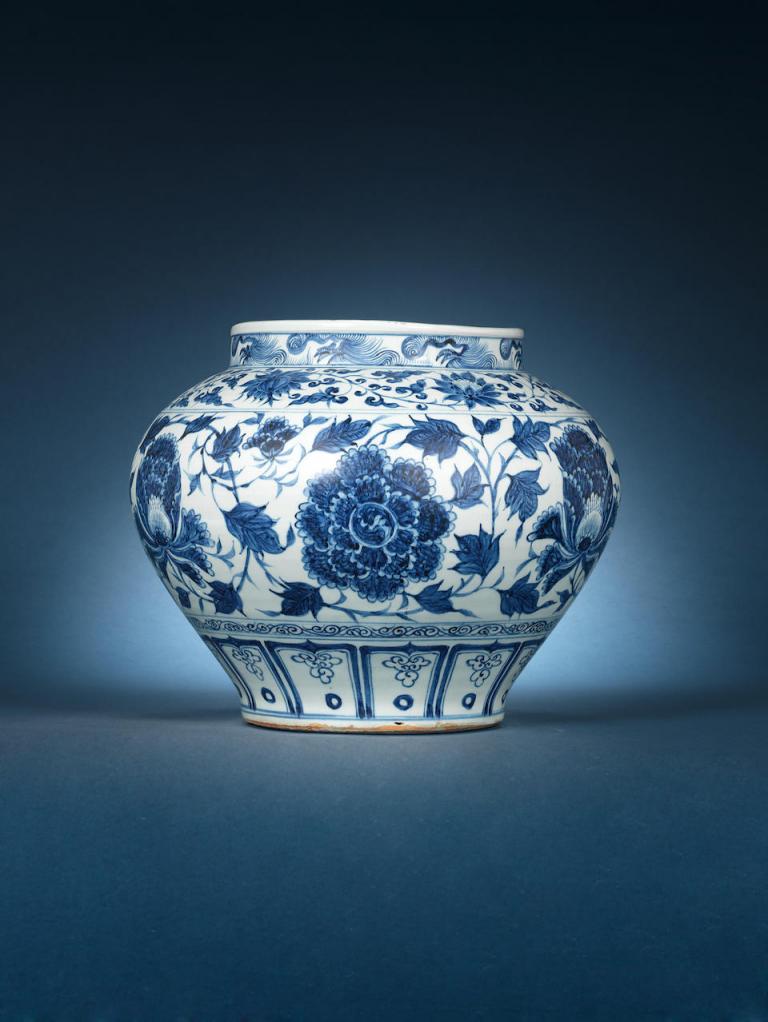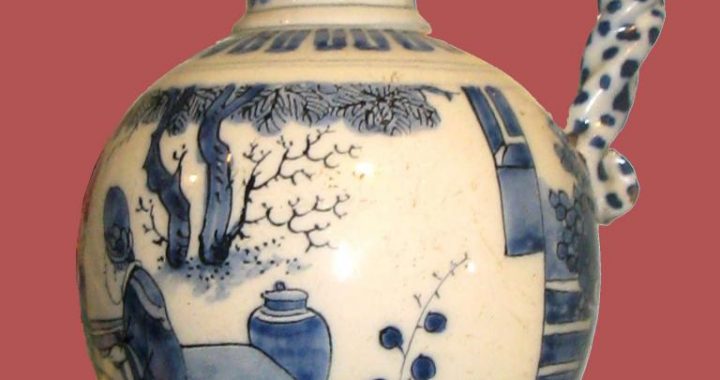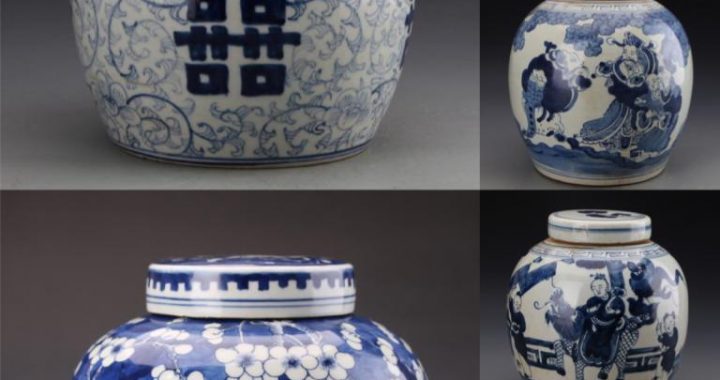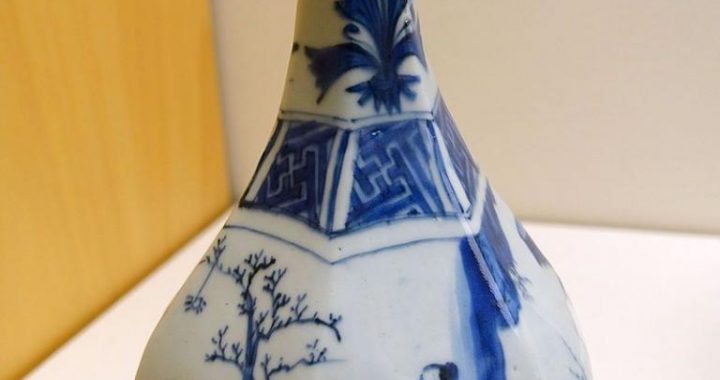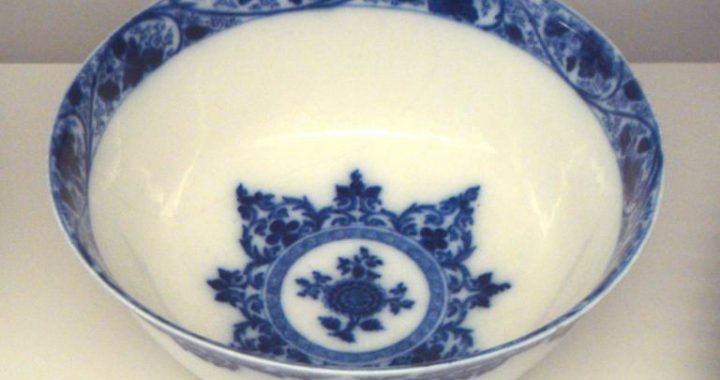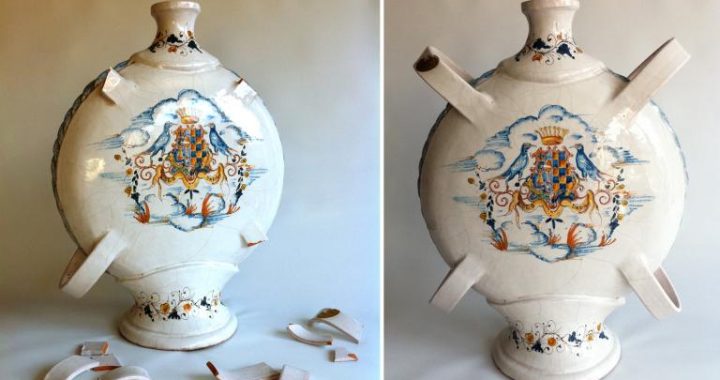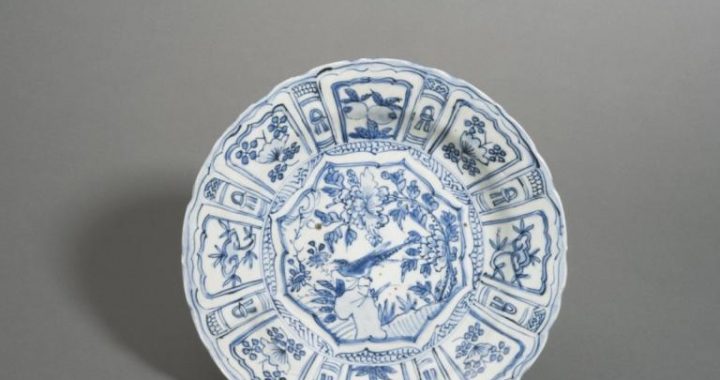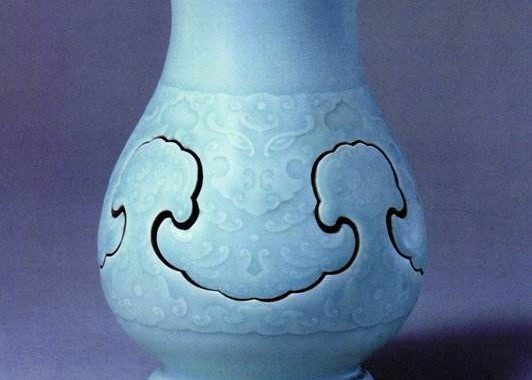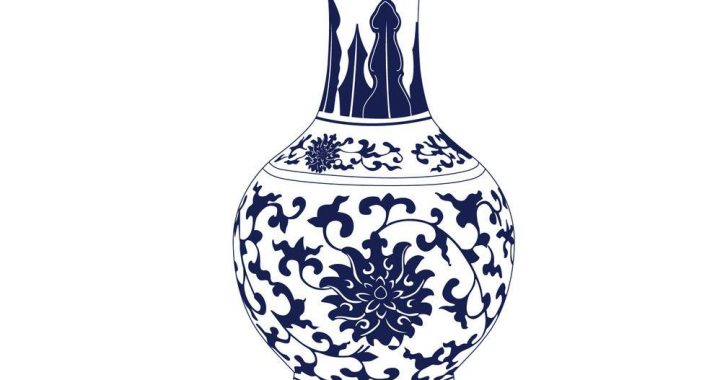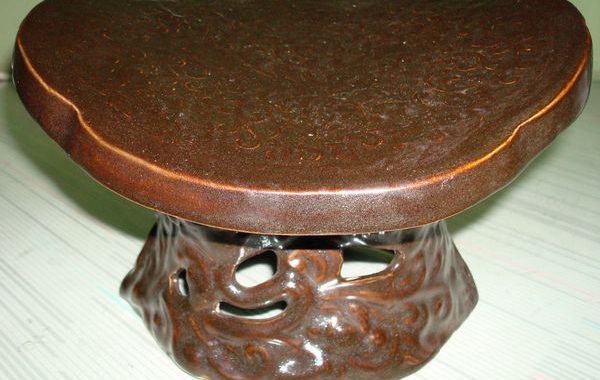Renowned Blue-and-White Wares of the Yuan Dynasty
3 min readBlue-and-white ware, just as its gentle name indicates, though not as ornate as the polychrome porcelains of the Ming and Qing dynasties, nor as reserved as the Song porcelains, presents a special elegance and charm. With its soft brightness, it made an unfading appeal to people in the Yuan, Ming and Qing, and became a major category of porcelain production during this period, most of which came from Jingdezhen, the famous “Capital of Porcelain”.
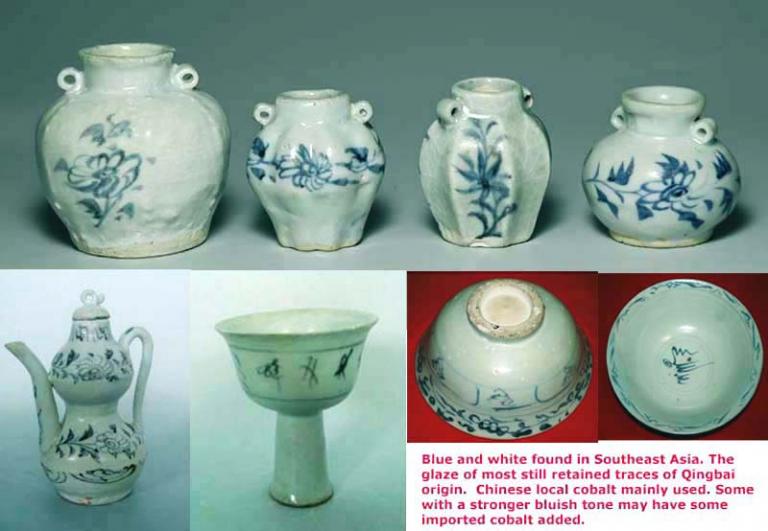
The earliest blue-and-white wares we normally see date back to the Yuan dynasty, which already demonstrate perfected skills and high maturity. What caused the sudden rise of blue-and-white ware in the Yuan dynasty, and in such a well-developed form? As a matter of fact, many questions concerning the evolution of blue-and-white ware remain unclear. Nonetheless, it is for certain that the firing techniques of blue-and-white ware underwent a long process of development, rather than an instant inspiration.
Blue-and-white ware appeared as early as the Tang dynasty. However, due to varied limitations in that time, it didn’t become a mainstream product, so that it is rarely mentioned about today. Probably because of the discordance between the blue-and-white style and the aesthetic fashion of Song people, blue-and-white ware wasnot only uninherited during the Song era, but went into a decline.
Social orders of the Tang and Song period were broken by the establishment of Yuan dynasty,which is distinguished from the Tang and Song in terms of both territory and culture.Cultural exchanges between China and other countries-such as Persia were promoted by conquest across central and western Asia by the powerful Mongolian cavalry,which helped to bring various crafts and materials needed for blue-and-white ware into China.On the other hand,the common adoration of blue colour by the Mongolians and the Islamic culture introduced into China from the west further propelled its rapid development.This blue-and-white ware just like a fading flower,which suddenly became flourished again withadequate water and nourishment.Though we are still unable to explain fully its rapid development,there’s no doubt that its firing technique already matured in the Yuan era,due to which it was given the name“Yuan dynasty blue-and-white porcelain”.
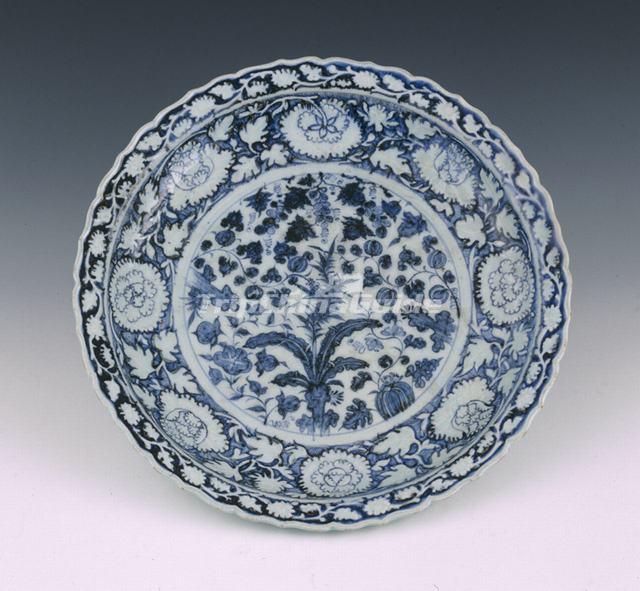
Today blue-and-white wares of the Yuan dynasty are no longer strange to Chinese people.However,our awareness of them,only started in 1950s,was through theeffort of an American scholar named John Alexander Pope(1929-1982).It was him who first made serious study on apair of vases with cloud-and-dragon design,elephant-head shaped handles and seal mark of“zhengzhi”(meaning made in the reigning years of Emperor Zhizheng,Yuan dynasty).
Based on this initial investigation,he then carried out a comparative study on blue-and-white wares collected in the Topkapi Palace Museum in Istanbul,Turkey,and identified those similar to the previous pair as“Zhizheng”type.
Pope’s good effort made a great contribution to the knowledge of blue-and-white wares in Yuan dynasty.
Similar to other porcelain products of the Yuan dynasty, Qinghua wares of this era are characterized by thick and heavy paste and largeness in size. Their glaze is extraordinary white, with cobalt as the colouring agent.
Various tints of blue would appear on porcelain by using different kinds of cobalt. Generally it is believed that the darker blue might have resulted from imported cobalt glaze called”Sumali blue”, while greyer and lighter blue could be produced with the domestic cobalt named “Mohammedan blue”.
